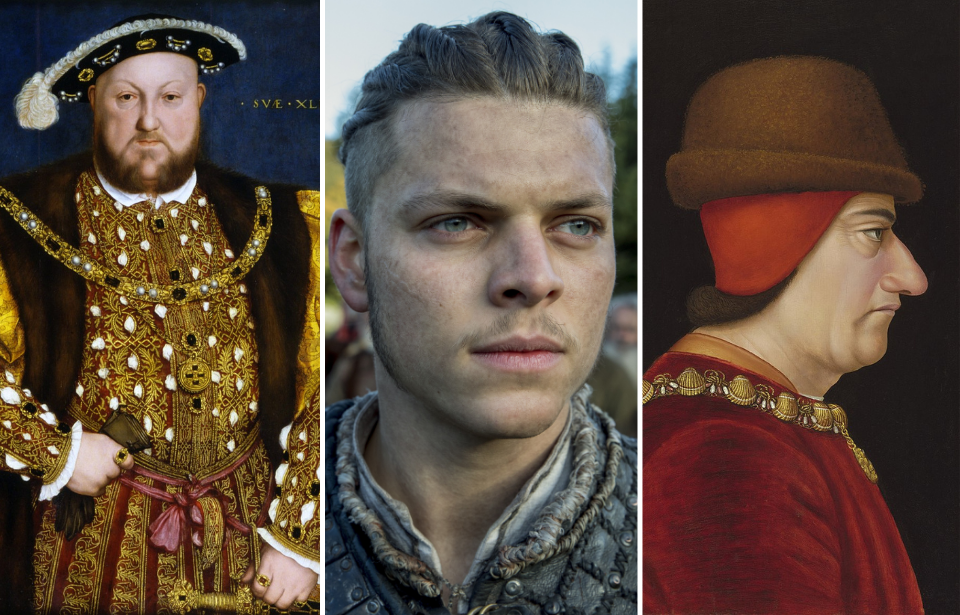It’s annoying when that ridiculous nickname at school follows you into adulthood, but how much worse would it be if it followed you into history books as well? Here are 16 nicknames we bet people would like us to forget…
Louis XI, King of France – ‘The Universal Spider’
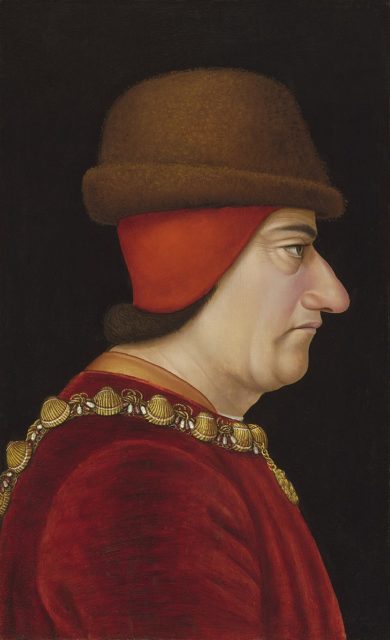
As well as being called “the Cunning” and “the Prudent,” Louis XI was known as “the Universal Spider” when he ruled France between 1461 to 1483. The name originated from the opinion he was sitting at the center of a web of intrigue, plots and conspiracies.
Ivar Ragnarsson, Viking leader – ‘Ivar the Boneless’

It’s not clear how this Viking leader earned his nickname. Some historians think the Old Norse name “Ívar Beinlausi” actually translates as “Ivar the Legless,” and some sagas describe him as lacking legs. Other sources suggest it refers to the fact he had cartilage instead of bone or that he was impotent.
The Tale of Ragnar Lodbrok suggests Ivar’s boneless nature was a curse because his mother, a clairvoyant, instructed her new husband that he must wait three days before consummating their marriage or face consequences. Ragnar couldn’t wait, and Ivar the Boneless was the result of their union.
Frederick III, Holy Roman Emperor – ‘Arch-Sleepyhead’
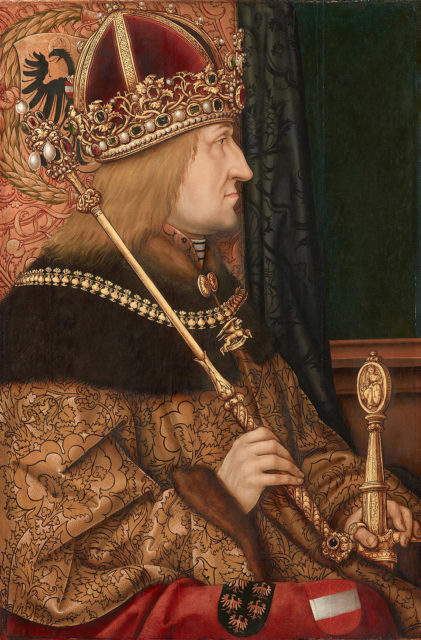
Frederick III ruled as Holy Roman Emperor from March 1452 until his death in August 1493. Because he concentrated on his hereditary lands rather than involving himself in imperial affairs, he was seen as an inefficient ruler. As such, he was known as “Arch-Sleepyhead of the Holy Roman Empire.”
Ivaylo of Bulgaria, rebel-turned-Tsar – ‘The Lettuce’ or ‘The Cabbage’
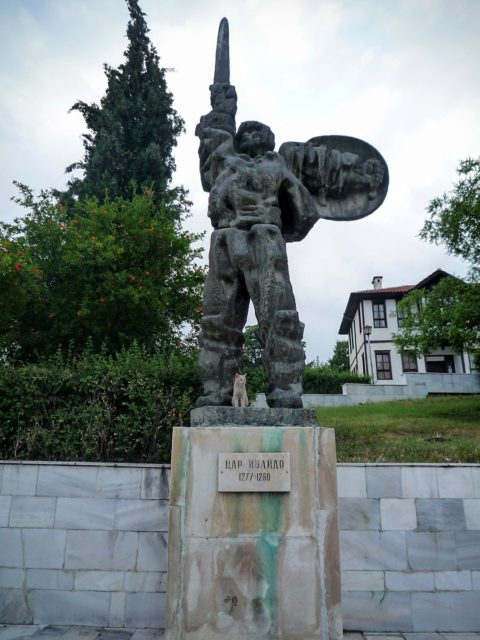
In 1277, a simple farmer named Ivaylo became the leader of a peasant uprising. His rebellion was so successful that he was able to seize the title of Tsar of Bulgaria in 1278 by marrying the emperor’s widow. She agreed on the understanding he would not disinherit her son.
The nobles didn’t like Ivaylo very much and nicknamed him Bardokva (“radish” or “lettuce” in Bulgarian) and Lakhanas (Greek for “cabbage”) to mock his humble beginnings. With enemies among the ruling class, Ivaylo didn’t remain emperor for very long and lost the throne in 1279. He fled into exile in 1280, before being killed by the Mongols in 1281.
Charles de Gaulle, President of France – ‘The Great Asparagus’
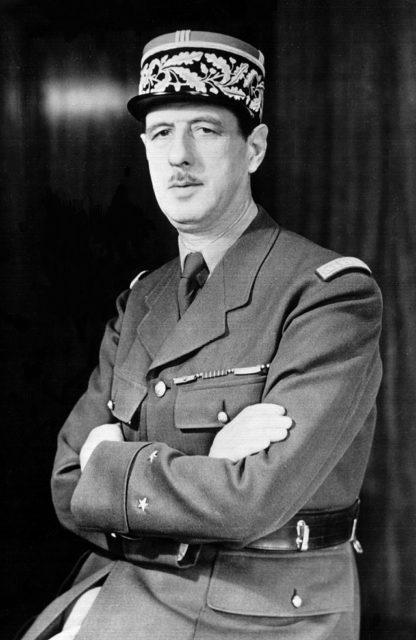
Charles de Gaulle is considered one of the best French leaders in modern history. When he was starting out in the French Army, his fellow cadets nicknamed him “the Great Asparagus” due to his height, high forehead and prominent nose.
Eugene Bullard, combat pilot – ‘The Black Swallow of Death’
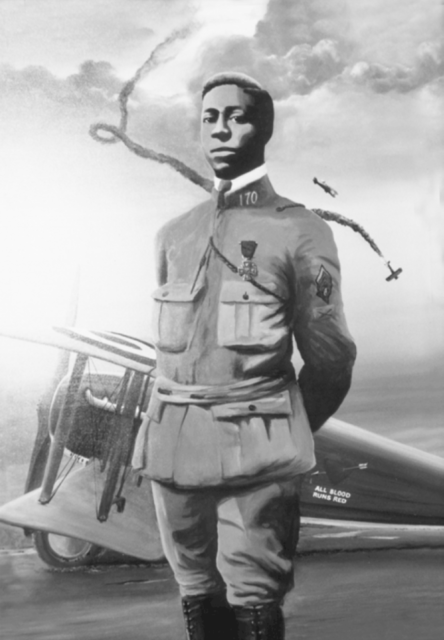
Eugene Bullard was the first Black American military pilot, and served with the French during World War I.
He stowed away on a ship to the United Kingdom when he was young and, once there, began boxing under the mentorship of Dixie Kid, who arranged for him to box in Paris. Enamored with the city, he made it his home. When WWI broke out, he served with the 170th French Infantry Regiment, a crack troop known as “The Swallows of Death.”
Due to his skin color, he was given the nickname “The Black Swallow of Death.”
Charles VI of France – ‘Charles the Silly’ or ‘Charles the Mad’
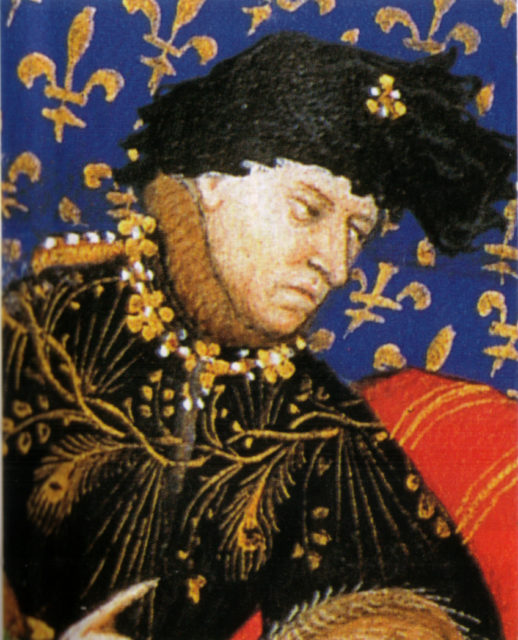
While many leaders have been given monikers that label them as mad or ridiculous, Charles VI of France was first named “Charles the Beloved” before he became known as “Charles the Mad.”
During his reign, Charles suffered from various periods of mental illness, which included forgetting his own name and the fact he was king. He also suffered from a glass delusion, believing himself to be made of glass. To try and keep himself safe, he had rods sewn into his clothes.
Henry VIII, King of England – ‘Coppernose’
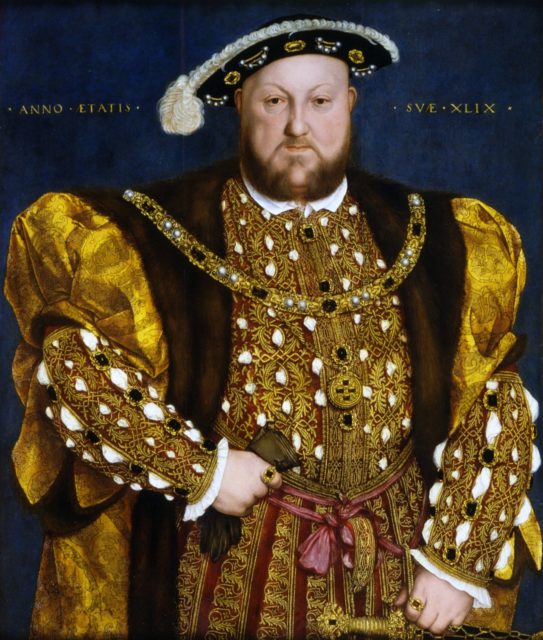
During his lifetime, Henry VIII committed numerous terrible deeds that could have earned him vulgar nicknames. What he ended up being called was “Coppernose.”
According to HISTORY, Henry’s funds were running low toward the end of his reign, so “he was forced to lower the percentage of silver in British coinage, to the point where they were mostly copper with a silver coating that wore a relief image of Henry’s face, starting with the nose.”
Charles II of France, Holy Roman Emperor – ‘Charles the Bald’
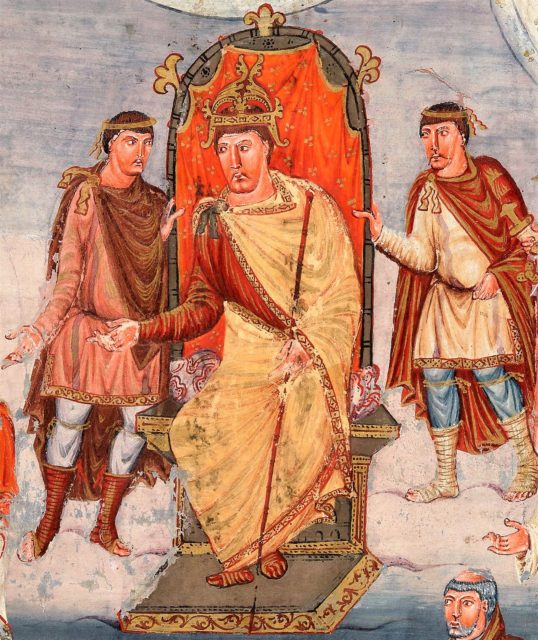
This nickname has confused historians throughout the centuries, as Charles is depicted in art as having a full head of hair. There are several theories as to how he earned this moniker. Some think it was an ironic nickname and that he was actually quite hairy. Others suggest it could be a reference to the fact he had no lands at a time when his brothers did.
Wilfred, Count of Barcelona – ‘Wilfred the Hairy’

To balance out Charles II and his enigmatic baldness, we have Wilfred, who was the Count of Barcelona between 878 and 897. In what way he was particularly hairy is unknown, but according to the Gesta comitum Barcinonensium, “he was hairy in places not normally so in men.”
Certainly, one sculpture on the Cathedral of Barcelona shows him as a man who “looks like he’s literally wearing a bodysuit made of hair,” according to All That’s Interesting.
Caligula, Roman Emperor – ‘Little Booties’
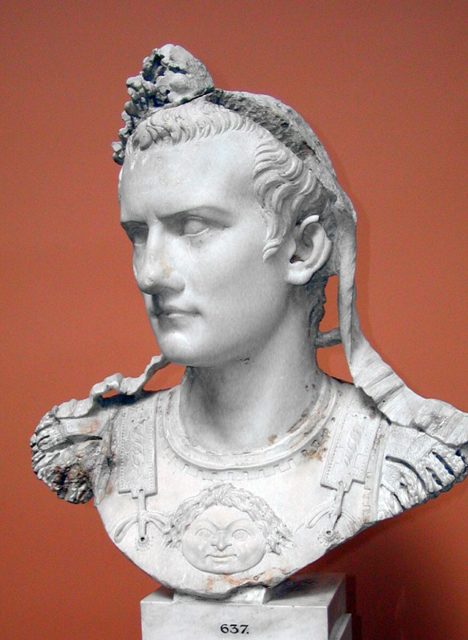
It’s rare for a person’s nickname to be remembered more than their full name, but that’s what happened with Gaius Caesar Augustus Germanicus.
Gaius obtained the cute nickname “Caligula” (meaning “little booties” or “booties”) after soldiers saw him dressed up in a miniature military uniform while accompanying his father on a campaign to Germania. Apparently, the emperor was not very fond of this name, and anyone with any sense would not call him it to his face.
Louis V of France, King of West Francia – ‘The Do-Nothing King’
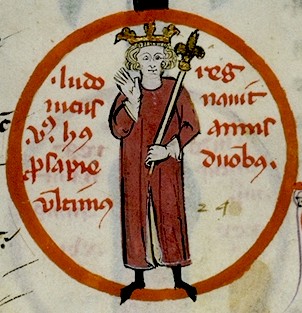
Most rulers are remembered for something exceptional, which could be anything from kindness, wisdom and generosity, to vengefulness and brutality. However, Louis V, who reigned between March 986 and May 987, was known as “the Do-Nothing King,” due to his highly-ineffectual term as ruler.
Although Louis was the one on the throne, the French nobility effectively ran the country. He ended up being killed in a hunting accident when he was 20 years old, dying childless. Given that one of the most crucial things a king must do is leave heirs, he really did cement his nickname into history.
Constantine V, Byzantine Emperor – ‘The Dung-Named’
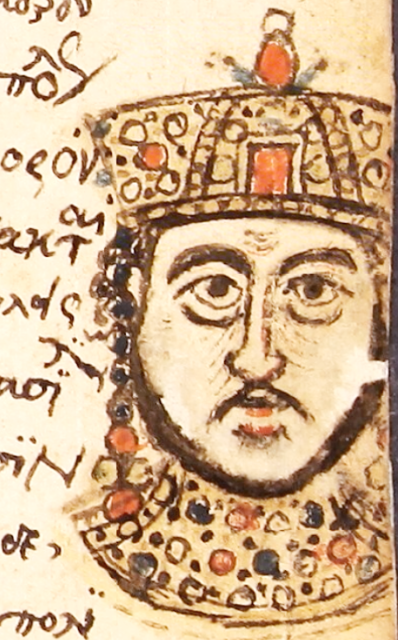
Constantine V was a Byzantine emperor who ruled between 741 and 775. Because he supported iconoclasm, which dictates that religious images should be destroyed rather than venerated, he created many enemies. Writers opposed to his rule started referring to him as Kopronymos, meaning “dung-named.” They alleged he had “defecated in his baptismal font and swaddling cloth when he was a baby.”
John II, Duke of Cleves – ‘The Babymaker’
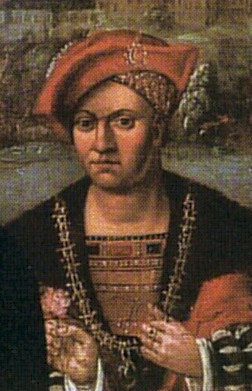
This man ruled Cleves from 1481 until 1521. He earned his name by fathering 63 illegitimate children before he got married, then another three after marrying Mathilde of Hesse.
Given he got married in 1489 when he was 31 years old, he must have fathered several a year to reach such a total. With all that baby-making, it’s hard to believe he had time for running a country.
Robert Cecil, 1st Earl of Salisbury – ‘My Pygmy’ and ‘My Little Beagle’
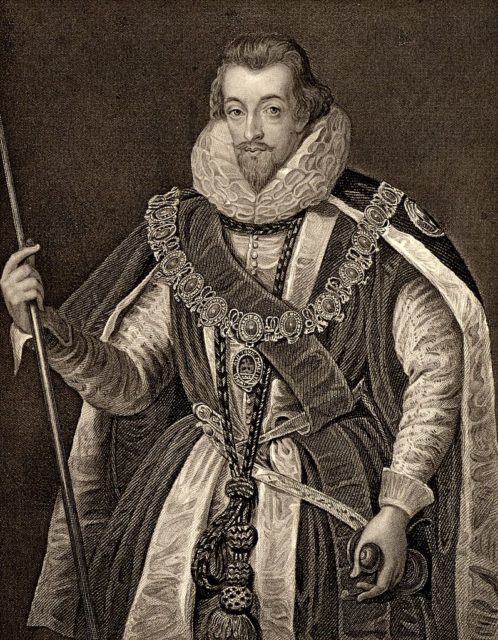
Despite being a distinguished statesman from 1596 to 1612 and helping to uncover the gunpowder plot, Cecil was ridiculed by two monarchs due to his appearance. Standing 5-feet, 4-inches tall, he wasn’t the tallest individual, and scoliosis combined with a hunchback led Queen Elizabeth I to call him “My Pygmy” and King James I of England to refer to him as “My Little Beagle.”
More from us: JFK’s Harvard Entrance Essay Resurfaced Online and People Are Underwhelmed
However, Cecil’s mind was so sharp that King James relied on him absolutely, once saying, “Though you are but a little man, I shall shortly load your shoulders with business.”
